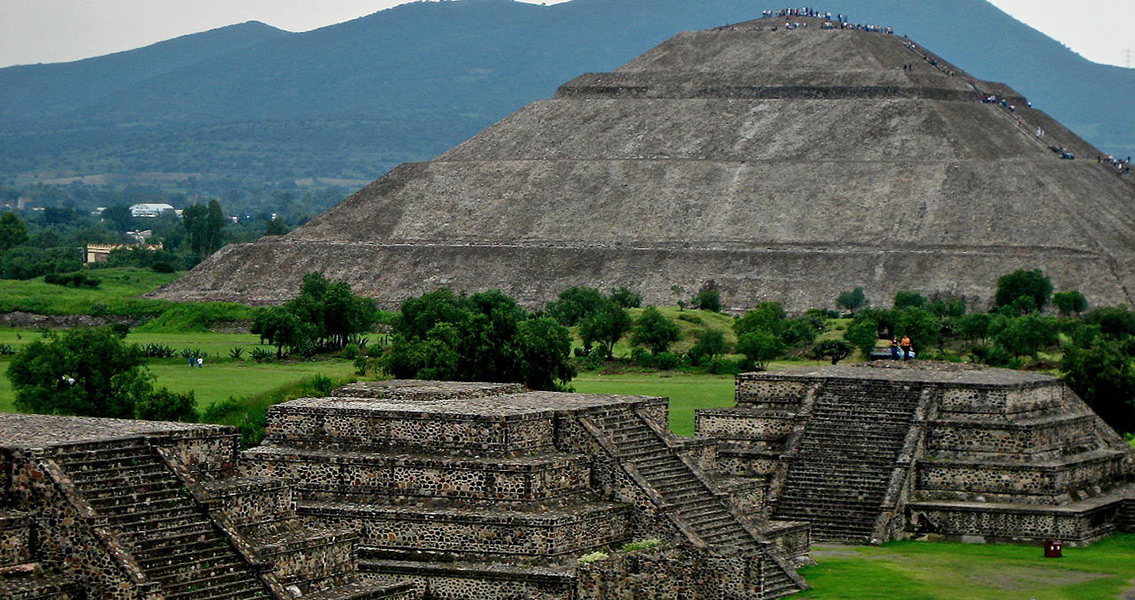<![CDATA[Sergio Gomez, a Mexican archaeologist examining an underground tunnel in the ancient city of Teotihuacan, has made a surprising discovery: “large quantities” of liquid mercury sealed in a chamber. The purpose of the mercury is yet to be determined but, said Gomez, it may have been put there as a symbol of an underground lake or river. What makes the discovery important is the fact that it may be a sign that there is a royal tomb in the tunnel. Mercury was not a commonly mined metal in the Mexico of ancient times, it was quite rare, and as such was highly prized for its reflective properties. This rarity coupled with the considerable amounts in which it was found by Gomez, suggests that the researcher may be close to finding the first ever royal burial in Teotihuacan. The city, which used to be the largest in both Americas, had some 200,000 inhabitants at its height. The civilisation that built it and ruled the region between 100 and 700 CE, however, remains mysterious. It was unrelated to the Mayans and built huge stone pyramids, but that is about all scientists knew about it until recently, because the civilisation had left no written records following its decline. This decline had occurred long before the Aztecs came on the scene seven centuries later. Purposeful archaeological work in Teotihuacan only started in the 1950s. Sergio Gomez himself has been digging in this tunnel for six years and has unearthed a wealth of artefacts, such as jewellery, stone sculptures, and seashells. He has established that the tunnel leads to three chambers, and the chances that one of these contains a Teotihuacan ruler are high, an opinion shared by many researchers, including George Cowgill, who has been working at the site for forty years. If such a tomb is discovered, it would probably not be of the sole sovereign of the Teotihuacan civilisation, according to another archaeologist, Linda Manzanilla. The lack of one distinctive palace in the city suggests that it was ruled by a council of perhaps four people. Excavations in the tunnel are progressing slowly because of the muddy soil and the high humidity which are characteristic of the site. In addition, now the archaeologists will have to use protective gear because of mercury’s high toxicity. Despite these drawbacks, Gomez expects the work to be completed before the end of the year. Teotihuacan, which in Aztec means “The place where the gods were created”, is now on UNESCO’s World Heritage list. It’s located just 50 km from Mexico City and among its hallmarks are the Temple of Quetzalcoatl, also called the Temple of the Plumed Serpent, and the huge pyramids of the Sun and the Moon. The tunnel that Gomez has been digging through is located underneath the Temple of Quetzalcoatl, a deity believed to have been first conceived by the Teotihuacan civilisation but later adopted into other local pantheons; first that of the Toltecs, who named him god of the morning and evening star and worshiped him with human sacrifice; and then the Aztecs, who worshiped him as the creator of the calendar and of books, and protector of priests. Image courtesy of Wikimedia Commons user: Antonio Gracia Ibarrola]]>
1,800-Year-Old Liquid Mercury Found in Teotihuacan
